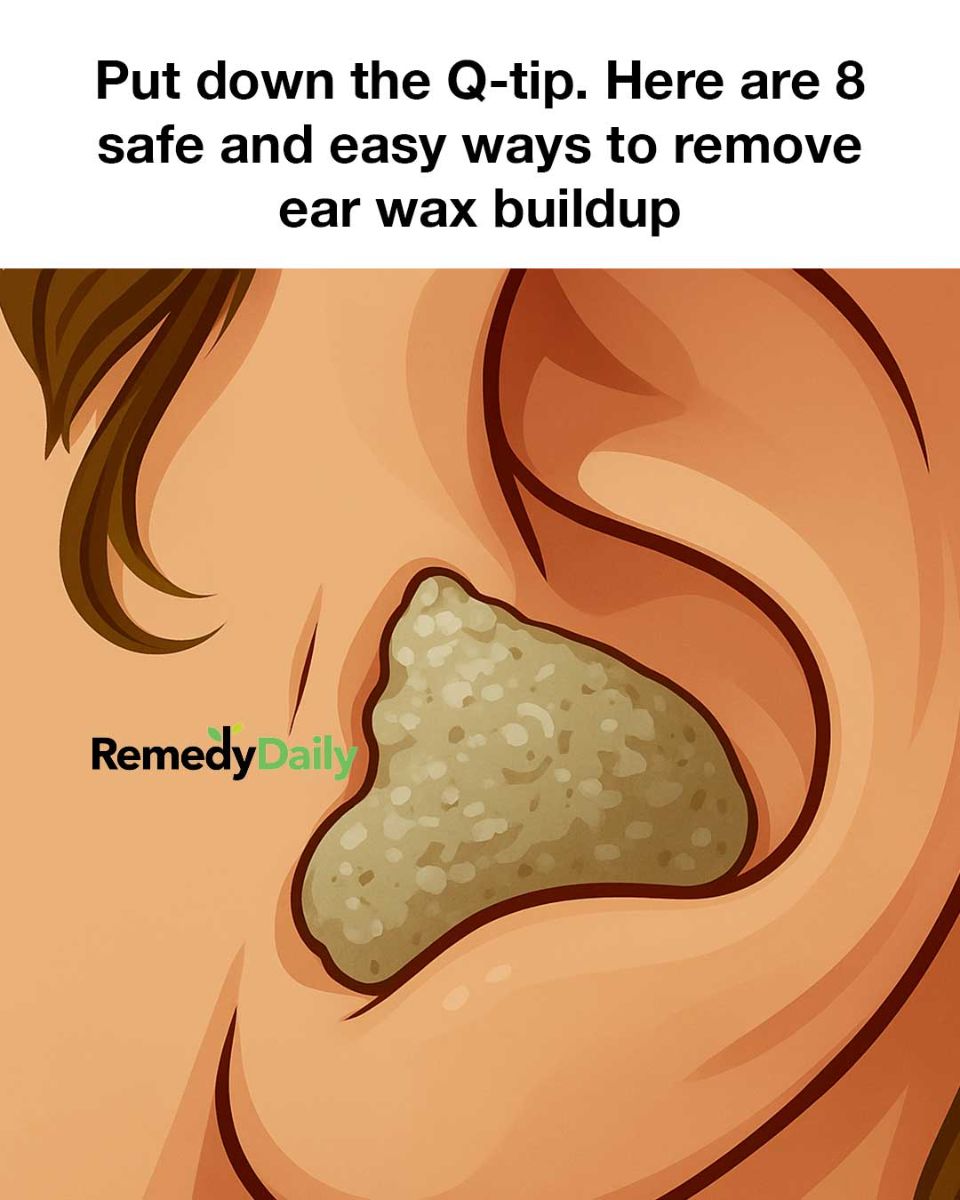ADVERTISEMENT
Ear wax, or cerumen, is a natural substance produced by glands in the ear canal. It serves several important functions, including protecting the ear from dust, microorganisms, and foreign particles. Ear wax also has antibacterial properties, which help prevent infections. Additionally, it acts as a lubricant, preventing the skin inside the ear from becoming dry and itchy. Normally, ear wax moves out of the ear canal naturally, aided by jaw movements such as talking and chewing. However, sometimes it can accumulate and cause blockages, leading to discomfort and hearing issues.
The Risks of Using Q-Tips for Ear Wax Removal
Using Q-tips, or cotton swabs, for ear wax removal is a common practice, but it poses significant risks. Instead of removing wax, Q-tips often push it further into the ear canal, leading to impaction. This can cause pain, hearing loss, and even damage to the eardrum. The delicate skin of the ear canal can also be scratched or irritated by the swab, increasing the risk of infection. For these reasons, healthcare professionals strongly advise against using Q-tips for ear cleaning.
Signs and Symptoms of Excessive Ear Wax Buildup
Excessive ear wax buildup can manifest in several ways. Common symptoms include a feeling of fullness or blockage in the ear, earache, tinnitus (ringing in the ears), and partial hearing loss. Some people may also experience dizziness or a persistent cough. If these symptoms occur, it may indicate that the ear wax has hardened and is obstructing the ear canal, necessitating removal.
When to Seek Professional Help for Ear Wax Removal
While home remedies can be effective, there are times when professional help is necessary. If you experience severe pain, persistent symptoms, or suspect an ear infection, consult a healthcare provider. Additionally, individuals with a history of ear surgery, perforated eardrums, or ear tubes should avoid self-treatment and seek medical advice. An audiologist or ENT specialist can safely remove ear wax using specialized tools and techniques.
1. Saline Solution: A Simple and Effective Remedy
Saline solution is a gentle and effective way to soften and remove ear wax. To use, mix a teaspoon of salt in half a cup of warm water until it dissolves. Using a dropper, place a few drops into the affected ear while tilting your head to the side. Allow the solution to sit for a few minutes to soften the wax, then tilt your head in the opposite direction to let it drain out. This method can be repeated daily until the wax is cleared.
2. Olive Oil: A Natural Lubricant for Easing Wax Removal
Olive oil is a natural remedy that can help soften ear wax, making it easier to remove. Warm a small amount of olive oil to body temperature and use a dropper to place a few drops into the ear. Lie on your side for about 5-10 minutes to allow the oil to penetrate the wax. This process can be done once or twice a day for a few days to facilitate wax removal.
3. Hydrogen Peroxide: Breaking Down Ear Wax Safely
👇 To continue reading, scroll down and click Next 👇
ADVERTISEMENT
